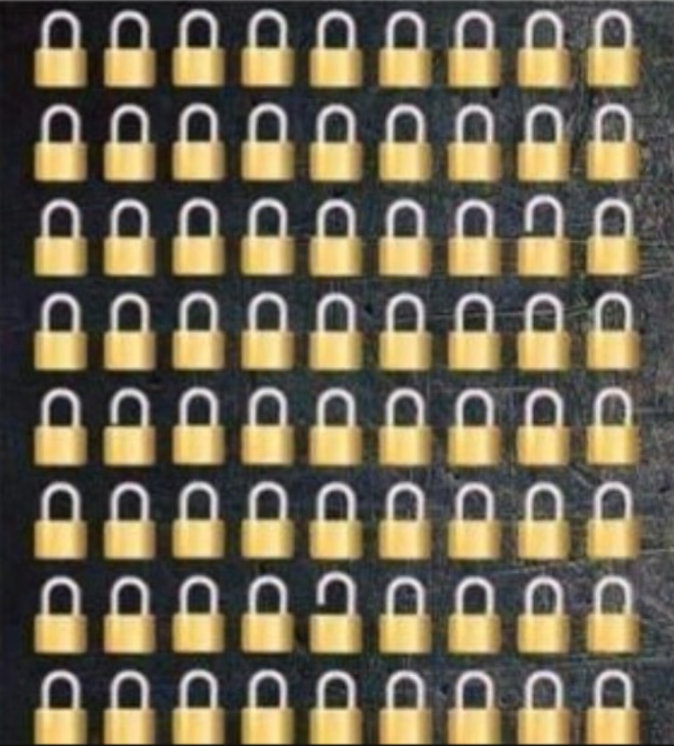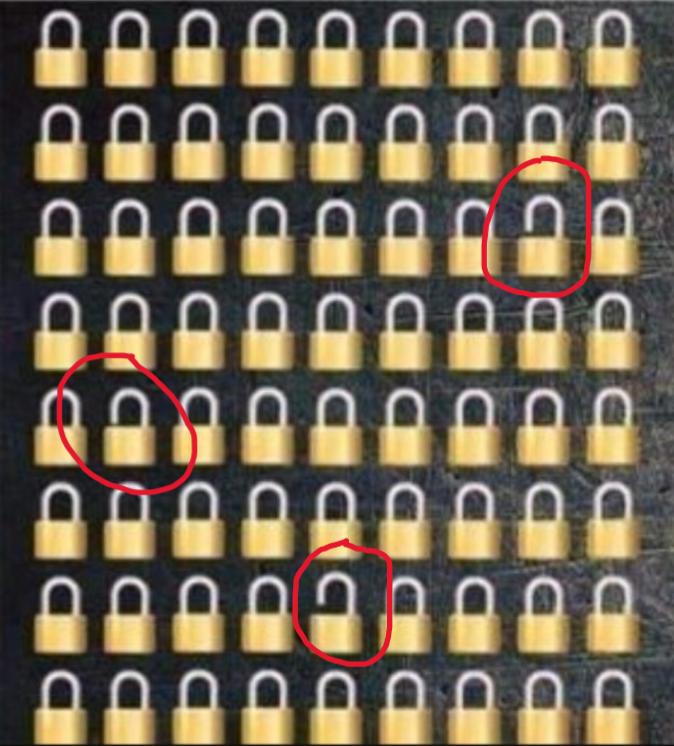Puzzles have long been a favorite way to challenge the mind and spark curiosity. One particularly intriguing question asks, “How many locks are open?” On the surface, this might seem like a simple riddle, but when we dig deeper, it reveals a fun play on words and logic. Let’s explore this question, break down its meaning, and uncover the real answer.

Breaking Down the Puzzle
The puzzle gives us a statement: “Three locks are unlocked.” Immediately, we understand that all three locks have had their security mechanisms disengaged. They are no longer locked, but does that mean they are fully open?
Here’s where the subtlety comes in. Being “unlocked” doesn’t always equate to being fully open. For example, a door can be unlocked but still remain closed. In the same way, a lock can be disengaged but not fully opened yet.
The Difference Between Unlocked and Open
Unlocked: This means the lock is no longer secure or engaged, but it doesn’t necessarily mean that whatever it was protecting is open or accessible.
Open: This means the lock has been moved or removed, giving full access to what was previously locked.
So, just because three locks are “unlocked” doesn’t mean that all of them are open.
Considering All Scenarios: Are All Locks Open?
In the puzzle, we know three locks are unlocked, but without further clarification, it’s possible that not all of them are open yet. Here are three possible interpretations of the puzzle:
All Locks Are Unlocked and Open
In this scenario, the locks have been disengaged and fully moved aside, making the answer three open locks.
All Locks Are Unlocked but Not Yet Open
Here, while the locks have been disengaged, none have been fully opened, meaning zero locks are truly “open.”
Some Locks Are Open, Some Are Not
It’s possible that while all three locks are unlocked, only some of them have been opened, and others remain in the unlocked-but-closed state.
Why This Puzzle Challenges Assumptions

This puzzle plays on the assumption that “unlocked” automatically means “open,” which isn’t always the case. By distinguishing between these two states, the riddle encourages us to think critically and not jump to conclusions based on assumptions.
It’s a reminder that language, especially in puzzles, can be tricky. Words like “open” and “unlocked” may seem interchangeable, but their meanings are distinct, which makes this puzzle both fun and challenging.
The Importance of Critical Thinking
Puzzles like this emphasize the value of critical thinking. They challenge our default interpretations and push us to question what we assume to be true. It’s easy to see “three locks are unlocked” and immediately think, “Well, three locks must be open!” But the subtle distinction between unlocking and fully opening encourages us to slow down and think things through.
Conclusion: How Many Locks Are Open?
So, how many locks are open if three locks are unlocked? Based on the precise wording of the puzzle and the distinction between “unlocked” and “open,” the answer is likely zero. The puzzle is a clever way of reminding us that just because something is unlocked, it doesn’t mean it’s necessarily open.


